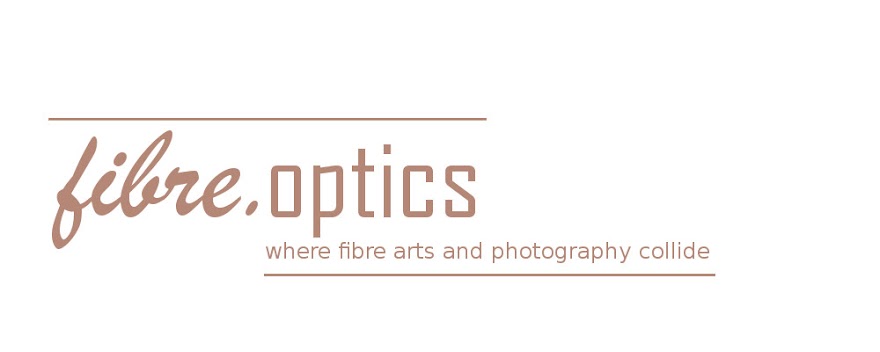If you have a DSLR, mirrorless, bridge, or advanced point-and-shoot camera, you probably have access to several manual modes for controlling your camera's exposure. These four modes are Program Mode, Shutter Priority Mode, Aperture Priority Mode, and Manual Mode. Used in the right way, these modes can help you to get exactly the photo you want, without the hassle that you don't.
In program, shutter priority, and aperture priority modes, the camera selects the exposure (although it can be modified using exposure compensation). In manual mode, you are in full control of the exposure. Therefore, program, shutter priority, and aperture priority modes are typically considered semi-manual modes since the user influences how the camera exposes, but does not choose the exposure itself.
Program Mode
Program mode is sort of a hybrid mode--an automatic mode that lets you override the camera to one degree or another. The camera does the initial selection of settings, and then you can choose to accept them, or to override them.
The degree of control afforded by program mode varies from camera to camera. On a DSLR, program mode will typically let you adjust ISO, use exposure compensation, and shift between various sets of aperture and shutter values. On a point-and-shoot, program mode may limit you to controlling, for example, exposure compensation only, or it may allow you further control. Consult your camera manual for details.
Shutter Priority Mode
In this mode, you control the shutter speed of your camera, and your camera controls the aperture and ISO speed. You simply set the shutter speed you want, and the camera will adjust the aperture and ISO speed to correctly expose the scene, provided a correct exposure can be achieved with the shutter speed you have chosen.
This last point is important. Your camera cannot do the impossible. If you are in a candlelit room and you set your shutter speed to 1/1000 of a second, your camera simply will not be able to expose the scene correctly; even opening the aperture as wide as possible and cranking the ISO speed to maximum won't achieve a bright enough exposure (unless, maybe, there are so many candles that the room is basically on fire). Conversely, if you're outside in bright sunshine and you set your shutter speed to 10 seconds to try to turn a rushing waterfall into a smooth blur, you'll probably end up with a bright white scene even as your camera closes its aperture and slows down its ISO speed to their minimum possible respective values. Generally speaking, though, shutter priority mode lets you easily achieve a correct exposure at your desired shutter speed without having to fuss about any other settings.
There are a few reasons you might want to choose shutter priority mode, but they all basically boil down to one thing: you care primarily about the speed of your shutter and are willing to sacrifice control over your aperture and/or ISO (you may be able to restrict the range that the camera chooses from, if you so desire). Shutter priority is typically going to be most useful when you want to use a fast shutter speed to capture a quick-moving subject, but you may also use it, for example, to set your camera to the longest shutter speed that you are comfortable hand-holding in low-light conditions.
Aperture Priority Mode
This functions similarly to shutter priority mode, except you control the aperture value instead of the shutter speed, leaving the camera to choose the shutter speed and/or ISO. You might choose aperture priority mode if you want to achieve a specific depth of field, or if you are shooting in low-light conditions and want to use the widest aperture possible.
Manual
Manual mode is exactly as it sounds: you take full manual control over the exposure. Using the in-camera metering system as a guide, you decide which combination of shutter speed, aperture, and ISO your camera will use for the image. If the photo is too dark or too bright, it's your fault!
Manual mode is great if you have a specific vision for your image, if you love to be in control, if you need the exposure to remain the same from one image to the next, or if you're having trouble achieving a correct exposure using one of the other modes. I personally shoot in manual mode the majority of the time, because my camera can't read my mind--only I know exactly what image I want to make.
Some cameras will let you set your ISO to auto in manual mode. Although I typically prefer to control the ISO value myself, I will sometimes switch to auto if I am shooting in rapidly-changing light (especially if I'm shooting a rapidly-moving subject in rapidly-changing light!), or in low light (to keep the ISO value as low as possible when I know what shutter speed and aperture values I want). To add another wrinkle, it can be difficult or impossible to use exposure compensation when using auto ISO. If your camera will let you do so, your manual will tell you how.
So that's about all there is to know about semi-manual and manual modes. Some cameras (such as DSLRs and higher-end compacts) will offer you access to all of these modes; others to some or none. Their particular properties may vary slightly from camera to camera, so it's always a good idea to be familiar with the specifics of your own equipment.
Any questions? Still unclear on anything? Do you have a favourite shooting mode? Drop a comment below!

No comments:
Post a Comment